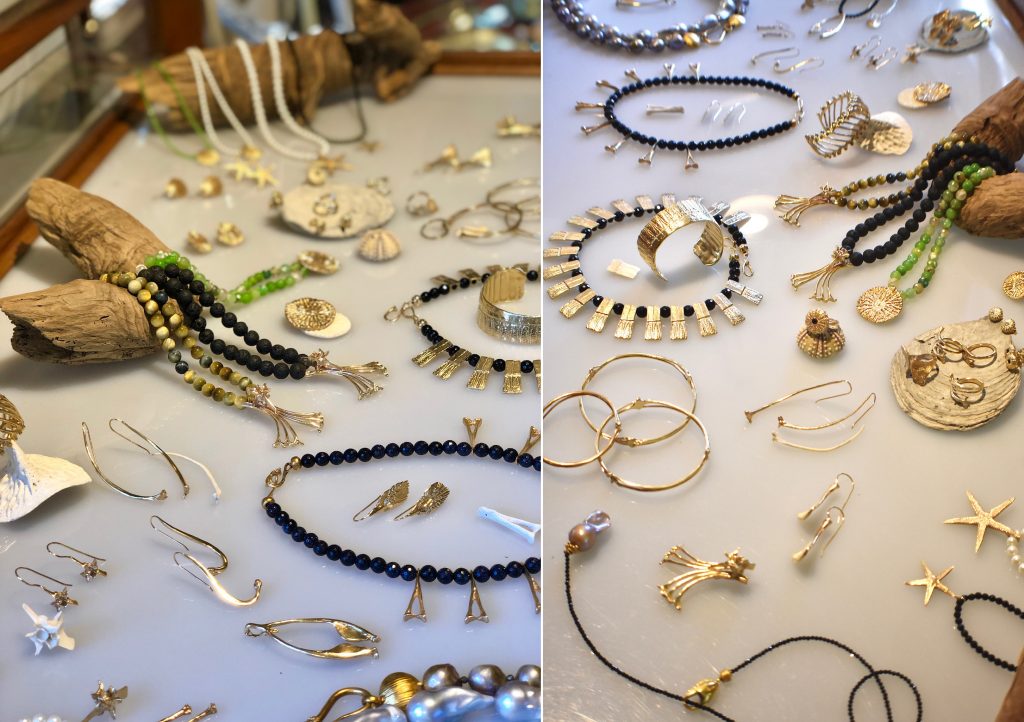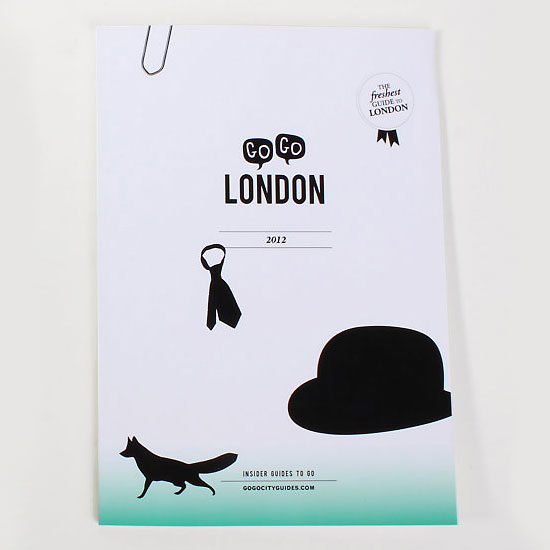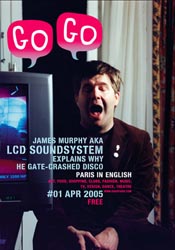Designer Gogo Ferguson Looks to Cumberland Island, Georgia for Inspiration
Exploring the designer’s home and heritage-inspired jewelry line

For Gogo Ferguson, nature is as essential to her work work as air to her lungs. While the overarching beauty of earth inspires her, there is one island that’s at the core of her work and life. Cumberland Island is, still today, a nearly untouched destination off the coast of Georgia. Wild horses roam freely, wildlife thrives, and the beaches are often uninhabited. At the center of the island’s populated life lies Greyfield Inn, the former home of Lucy Ferguson, the granddaughter of Thomas Carnegie, and Gogo’s grandmother. For generations, the Carnegie family has lived on the island, and Ferguson fondly recalls her childhood with gratitude. On a recent visit to the island, we were able to visit her studio and see her jewelry, directly inspired by the vibrations of Cumberland and her grandmother’s intuitive relationship with the land.

What drew you to set up your studio on Cumberland island?
Cumberland Island has been in our family’s history for seven generations, so I’m totally tied to the land. Over the generations, all of the traditions of living there have been passed down. Whether it be oystering or digging clams or fishing where the good fishing spots are, I learned it all. I was fortunate to have an amazing grandmother. She was very hard of hearing from a young age due to scarlet fever, so her senses were very acute in every other aspect. I spent a great deal of time with her as a child, and she really taught all of us to look at nature in a very different way. Whether it was the fresh tracks on a sand dune of a bird or a mouse or a ghost crab, she could show us how fresh it was—whether it was at feeding time or moving— and I sort of got the same sense of awareness that she had.

Ever since then I’ll look at the lichen on a tree and I’m already incorporating it into some sort of fabric that I can wear. I majored in textile design, but I ended up designing jewelry, and it was the same thing. We would walk the tide line and we were always adorning ourselves with seaweed, shells, anything that we found. It started as personal adornment, but it wasn’t really a hobby as much as it was a necessity.
I came back to the island in the ’80s, brought my daughter with me and started my business. I knew that people wanted to take something home from Cumberland Island, some treasure, and I just was very confident that I could design a line of jewelry that was sellable and that could provide my daughter and I with a living and allow us to live in a place that provided so much inspiration to me.

How did your grandmother, Lucy Ferguson, play a role in your work?
My house is surrounded by photographs of her and the walls are adorned—whether it be a horse skull on our mantel, deer antlers that I found, door knobs that are shark vertebrate or alligator scoots—she is definitely all around us. I feel so gifted that I was able to be brought up on this incredible island, the largest untouched, unspoiled island on the east coast, with someone that viewed the world like her. I don’t think I would have had the same eye had it not been for my grandmother.
Was Greyfield Inn instrumental in your initial success?
There are people from all over the world that come to my grandmother’s former home, Greyfield, which is now an inn, and they all want to have some kind of treasure from Cumberland. Definitely it has helped very much in my success. There are lots of memories there. I’ll occasionally go there for a glass of wine or join an oyster roast, and people love meeting members of the family and hearing stories. If I’m going clamming or oystering the next day, I’ll load up the truck with anyone that wants to go. Having that inside look is really special for people.

Can you walk us through your process?
Initially I will look at the tides, and every six hours there is another incredible tideline and there are treasures that are left, so that is something that I will walk daily. In the winter, when it is cold and the snakes and ticks are down, I’ll pick up on a horse trail and walk through the woods, and that’s where you’ll find deer antlers and armadillo bones and raccoon bones. One Christmas day I was walking the interdune meadow and found the complete white skeleton of a horse. That’s the one that is now fully articulated on our back porch. I thought it was so beautiful lying on a sand dune, with every bone completely intact. I just thought it was such a beautiful sculpture.
From there I always carry a knapsack and will pick up bones and shells and bring them back into the studio. They may sit there for a year or two, but it’s just meditative to pick them up and turn them over and look at what I’ve collected. Whether it be a seed pod or a shell or a bone, there may be a day when something comes to mind that is either utilitarian—it may be a serving spoon—or it may be a pendant or a pair of earrings. You know, my studio is sacred.

Aside from Lucy, was there anyone else who supported your craft before the world did?
That would be Howard Gilman. He sponsored Mikhail Baryshnikov when he defected from Russia. Howard was like my father and Misha became like my brother. I’ve grown up with him. But Howard really encouraged me. He had the largest black and white photography collection in the world, which is now at the Met. He was very involved in the arts in every way, whether it was dance or music, and his home, White Oak plantation was just up the St Mary’s river from Cumberland, so I spent all my youth and a lot of time there. I still go down. Howard’s been gone for about 15 years now, but he gave me a huge amount of encouragement. Every Christmas he would buy every person he knew, which was hundreds, some piece of jewelry. So he would definitely be one of the earliest supporters of my work.

What’s next for you?
I’m working on an exhibition with the New Bedford Whaling Museum. I donated a large sculpture to them a couple of years ago, and they do carry my jewelry. I’m also collaborating with Sally Taylor, James and Carly’s daughter on a project that she has called Consenses. It is all about utilizing the five senses and interpreting them either through music, jewelry, photography, and dance. But I would love to do even more.
Is your business still a family affair?
My daughter Hannah worked with me for a while, but she’s now married, and lives in Valencia, Spain. In fact she has just started Hannah Carnegie, her own line of jewelry, which is very high end. Her first line of jewelry is called The Geometry of Beetles, and I am so excited. It’s a different style from mine, but how incredible is that? She is transforming in a completely different way, with the original inspiration of my grandmother. What I’ve passed on to Hannah has taken on a new realm and I just love it.
It’s funny because Lucy was not a jewelry person. She thought of the Tiffany lamps in our house as frivolous and somewhat gaudy. Just a simple feather in her hat was fine for her. She did see my jewelry and was fine with it, but I’m not sure she expected to see it take off the way it did. But I do think that if she were here now, she would be very proud of it.
Images courtesy of Justin Conway












